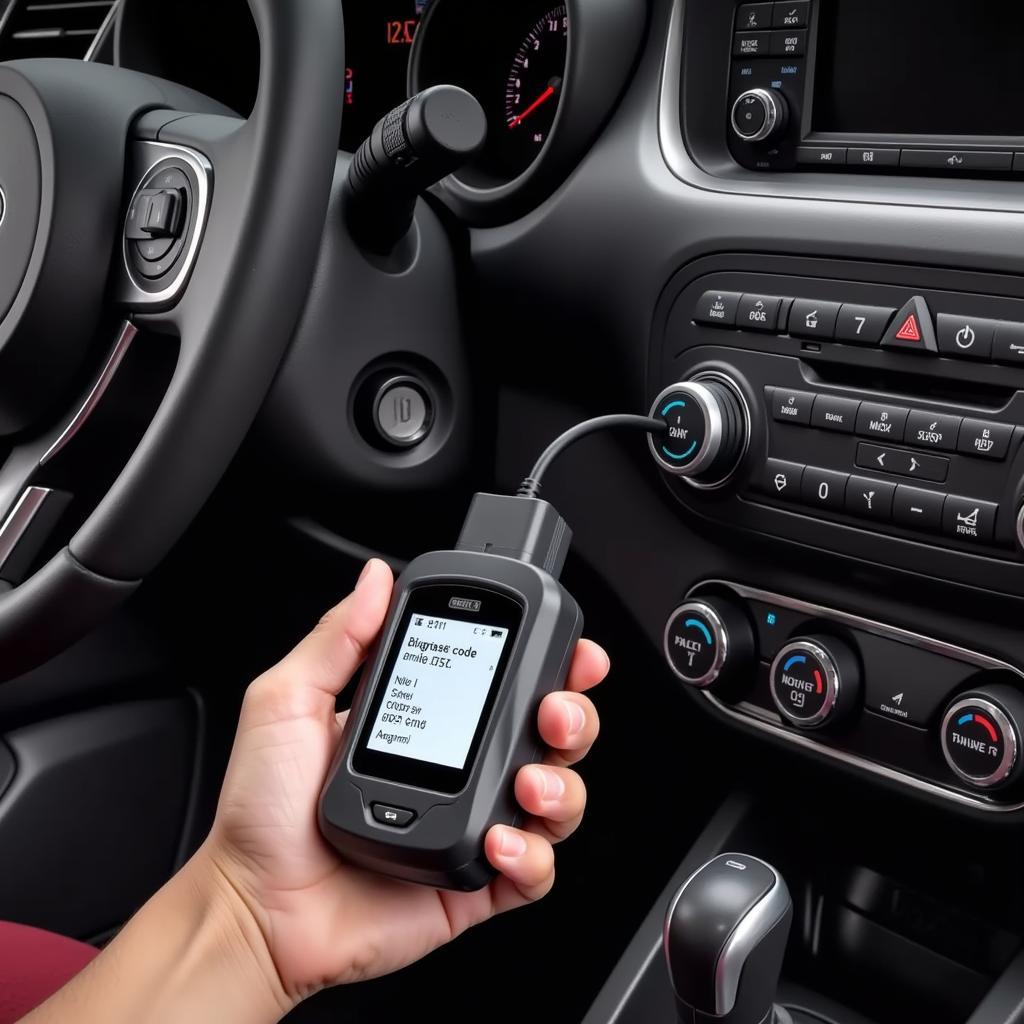Docker has revolutionized software development and deployment, offering a lightweight and portable way to package and run applications. However, the ease of use and scalability of Docker containers can sometimes overshadow the importance of security. This is where Docker image scan tools come into play.
Understanding the Importance of Docker Image Scanning
Docker images often contain numerous software components and dependencies, which might have known vulnerabilities. By scanning your Docker images, you can identify these weaknesses before they are exploited. Think of it as a security checkpoint for your containers, ensuring they are free from potential threats.
What are Docker Image Scan Tools?
Docker image scan tools are specialized software designed to analyze the contents of your Docker images. They delve into each layer, examining the files, libraries, and dependencies present. These tools then cross-reference their findings against comprehensive vulnerability databases to identify any known security flaws.
How Docker Image Scan Tools Work
- Image Extraction: The tool starts by extracting the contents of your Docker image.
- Dependency Analysis: It then analyzes the extracted files to identify all software packages and libraries used within the image.
- Vulnerability Matching: The tool compares the identified dependencies against a database of known vulnerabilities, such as the National Vulnerability Database (NVD).
- Report Generation: Finally, the tool generates a detailed report highlighting any detected vulnerabilities, their severity levels, and often, recommended remediation steps.
Benefits of Using Docker Image Scan Tools
Integrating image scanning into your development pipeline brings numerous benefits:
- Early Vulnerability Detection: Identify and fix vulnerabilities before they reach production.
- Reduced Attack Surface: Minimize the potential entry points for attackers by patching security holes.
- Compliance Requirements: Meet industry security standards and regulatory requirements.
- Improved Software Quality: Promote a security-first approach, leading to more robust and reliable applications.
Types of Docker Image Scan Tools
1. CLI-based Tools
Command-line interface (CLI) tools are popular among developers for their flexibility and ease of integration into CI/CD pipelines.
Example:
- Trivy: A comprehensive open-source tool that scans for vulnerabilities in various artifacts, including Docker images.
2. GUI-based Tools
Graphical User Interface (GUI) tools provide a user-friendly way to scan and manage Docker image security, making them accessible to a wider range of users.
Example:
- Aqua Security: A commercial platform with robust scanning capabilities and features for container security management.
3. Integrated Tools
Several container registries and orchestration platforms offer built-in image scanning functionalities.
Example:
- Docker Hub: Provides basic vulnerability scanning for images stored within its registry.
Choosing the Right Docker Image Scan Tool
Selecting the right tool depends on your specific needs and workflow. Consider these factors:
- Open Source vs. Commercial: Evaluate your budget constraints and the level of support required.
- Integration Capabilities: Ensure seamless integration with your existing development pipeline and tools.
- Vulnerability Database Coverage: Choose tools that utilize comprehensive and up-to-date vulnerability databases.
- Reporting and Alerting: Look for tools that provide detailed reports, customizable alerts, and remediation guidance.
Best Practices for Docker Image Scanning
To maximize the effectiveness of your scanning efforts:
- Scan Early and Often: Integrate image scanning into your CI/CD pipeline to catch vulnerabilities at every stage.
- Use Trusted Base Images: Start with official and well-maintained base images from reputable sources.
- Minimize Image Layers: Reduce the attack surface by keeping your images as lean as possible.
- Continuously Monitor: Regularly scan your images for new vulnerabilities and apply patches promptly.
Conclusion
Docker image scan tools are essential for maintaining the security of your containerized applications. By proactively identifying and mitigating vulnerabilities, you can strengthen your defenses and protect your systems from potential threats. Remember, a secure container environment is a crucial foundation for the success of your applications.
FAQs
1. What are some common Docker image vulnerabilities?
Common vulnerabilities include outdated software packages, known exploits in libraries, and misconfigured security settings.
2. How often should I scan my Docker images?
It’s best to scan your images during development, before deployment, and regularly after deployment to check for new vulnerabilities.
3. Can I automate Docker image scanning?
Yes, most Docker image scan tools offer integration with CI/CD pipelines, allowing for automated scanning as part of your development workflow.
4. Are free Docker image scan tools effective?
While free tools offer basic scanning capabilities, commercial solutions often provide more comprehensive vulnerability databases, advanced features, and dedicated support.
5. What is the difference between Docker image scanning and container security?
Docker image scanning focuses on identifying vulnerabilities within the image itself, while container security encompasses a broader range of measures to protect running containers, such as runtime security and network segmentation.
For further assistance with Docker image scanning and other automotive diagnostic solutions, our team at DiagXcar is here to help. Contact us via WhatsApp: +1(641)206-8880, Email: [email protected], or visit us at 276 Reock St, City of Orange, NJ 07050, United States. We offer 24/7 customer support to ensure your needs are met promptly and effectively.


